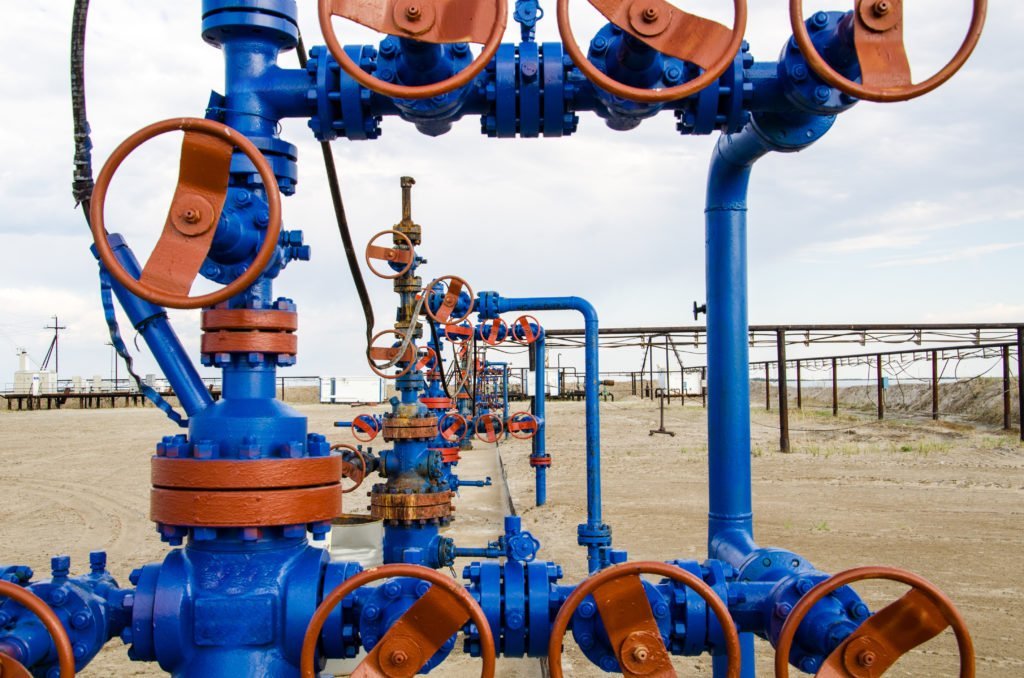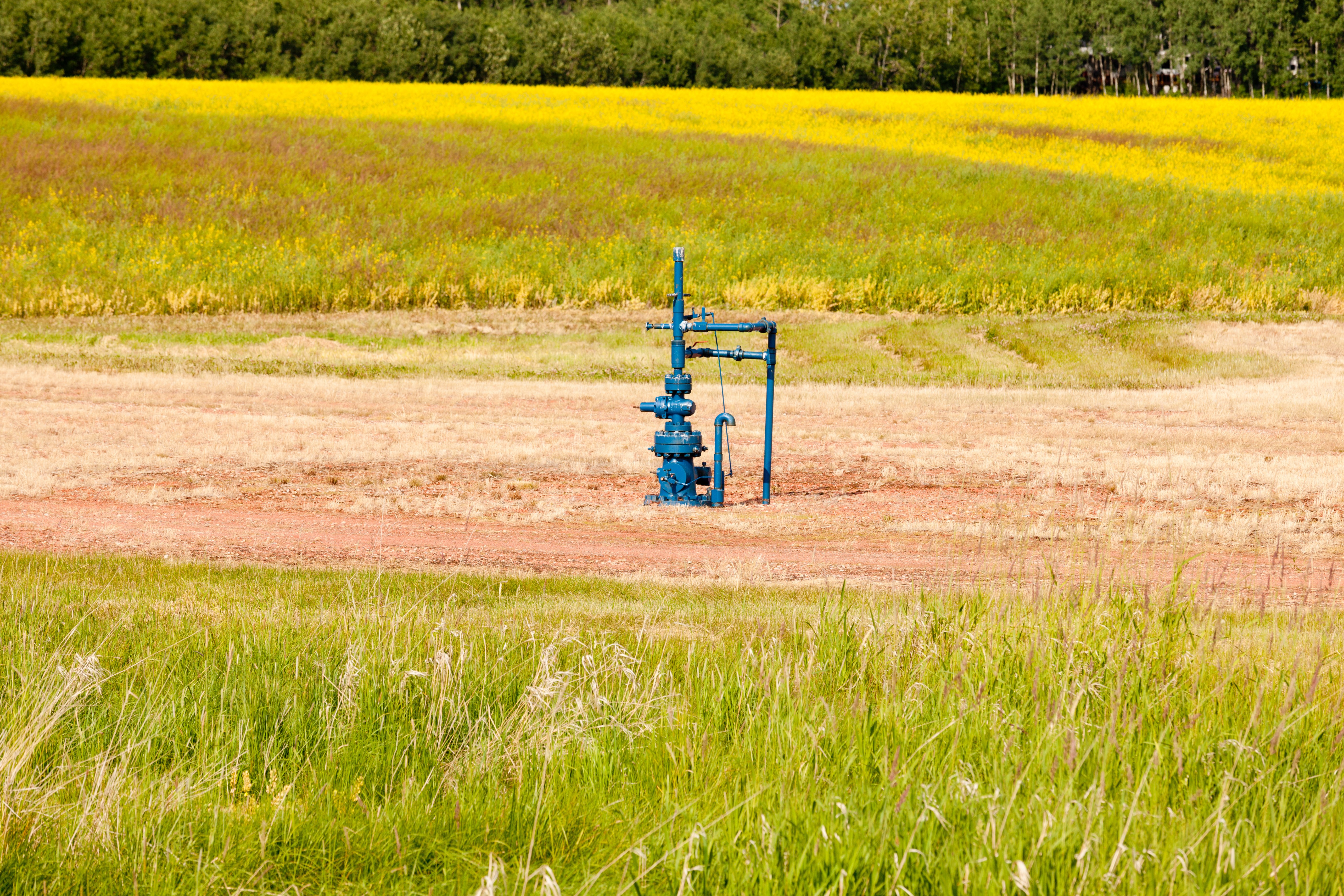Within the wonderful world of oil and gas, it’s important for companies to be able to determine the volumes that are being produced from a reservoir. The Alberta and Saskatchewan governments have set out requirements for equipment, frequencies, and duration’s for each type of well testing to ensure proper volumes are being accurately measured and reported. It may seem strange that a government who is managing the resources for its taxpayers would setup regulations, right? However, a few regulations could be a good thing.
Gas Well Testing
Originally wells were tested utilizing the “absolute open flow” technique which was unwanted within the industry since there were conservation and safety risks associated. The industry has now started to introduce testing with controlled flow rates to reduce these risks and started with the “conventional back pressure test” method, then came the more practical testing methods such as “isochronal testing” and “modified isochronal testing.” Isochronal testing is a multi-rate test designed as a series of drawdown and buildup sequences at different drawdown flow rates, with each at the same duration and each buildup reaching stabilization at the same pressure as at the start of the test (Definition from the Oilfield glossary).
Recently, testing has been made up of a mix of flow and shut-in periods and with greater complexity for well testing providing greater accuracy for volumes and understanding. There are two types of acceptable well tests conducted on gas wells: Tests for deliverability and tests for knowledge of the reservoir.
Gas Multiwell Proration Outside SE Alberta (SW Saskatchewan) Well Testing
Well testing is typically performed by directing well production through a three-phase separator or if hydrocarbon liquids are too small to be measured during typical well test durations then a two-phase separator may be used.
The AER and SMER say testing must be conducted as follows:
The test must begin only after a liquid level stabilization period.
- The test duration must be a minimum of 12 hours.
- After production begins at the proration battery, all wells must be tested within the first month, then again within six months, and then annually. New wells added to the battery must be tested within the first month of production, then again within six months, and thereafter annually.
- Consistent testing procedures must be used for consecutive tests to identify if a change in a well’s flow characteristics has occurred.
- These wells are usually tested by directing flow from the well through a test separator. If the initial testing with a separator shows a liquid-gas ratio (LGR) of less than 0.01 m3 liquid/ 103m3 gas, other testing methodologies, such as a smaller separator or a single test meter without separation, could be used for the next test. If the total liquid volumes at the group measurement point exceed a ratio of 0.05 m3 liquid/ 103m3 gas in any month, a test separator must be used to test all the wells within the battery for the next round of testing to determine where the liquid originated.
- The gas, condensate, and water volumes must be measured.
- The condensate must be sampled during every test and subjected to a compositional analysis, which is to be used to determine the gas equivalent factor (GEF). The sample may be taken from the condensate leg of a three-phase separator or the liquid leg of a two-phase separator (The water must be removed from the condensate before conducting the analysis).
- The GEF must be used to convert the liquid condensate volume determined during the test to a GEV, which will be added to the measured test gas volume to determine the total test gas volume if the condensate is not delivered for sale at the group measurement point.
- The WGR, CGR, and OGR (if applicable) must be determined by dividing the test water, condensate, and oil volume respectively by the total test gas volume
- For orifice meters, the test gas meter must use 24-hour charts for a test period of 72 hours or less, unless electronic flow measurement is used; for testing periods longer than 72 hours, 7-day charts may be used, provided that good, readable pen traces are maintained

Gas Multi-well Effluent Measurement Proration Batteries
In this type of battery wells utilize dedicated effluent or wet gas measurement. Although if LGR levels are ≥ 0.28m3(Liq) / 103m3(gas) based on the initial or re-completion well test, then two or three-phase separation is required to be installed instead of effluent measurement.
Testing must be conducted as follows:
- The test must begin only after a liquid level stabilization period within the test separator.
- The test duration must be a minimum of 12 hours
- All new wells must be tested within the first 30 days of initial production
- Consistent testing procedures must be used for consecutive tests to identify if a change in a well’s flow characteristics has occurred
- The gas, condensate, and water volumes must be measured
- The condensate must be sampled during every test and subjected to a compositional analysis, which is to be used to determine the GEF. The sample may be taken from the condensate leg of a three-phase separator or the liquid leg of a two-phase separator (the water must be removed from the condensate before conducting the analysis)
- The GEF must be used to convert the liquid condensate volume determined during the test to a GEV, which will be added to the measured test gas volume to determine the total test gas volume if the condensate is not delivered for sale at the group measurement point. The effluent correction factor (ECF) can then be determined based on whether the condensate is recombined with the gas
- The WGR must be determined by dividing the test water volume by the sum of the measured test gas volume and the gas equivalent of the measured test condensate volume if the condensate is not delivered for sale at the group measurement point.
- For orifice meters, the effluent meter and the test gas meter must use 24-hour charts for a test period of 24 hours or less, unless EFM is used; for testing periods longer than 24 hours, 7-day charts may be used, provided that good, readable pen traces are maintained.
Well Testing Services by Intricate
Intricate’s measurement and regulatory programs have proven to provide a high level of financial, regulatory compliance and volumetric reporting assurance to the provincial and state regulators as well as the management teams in the upstream and midstream petroleum industry.
Contact us at sales@intricategroup.com or 1-587-760-1616.
Read More: “Reducing Emissions in Oil and Gas.”


